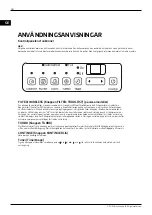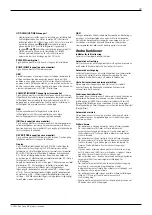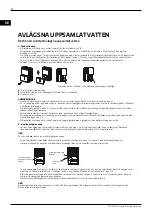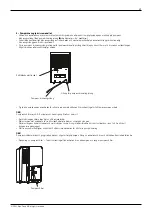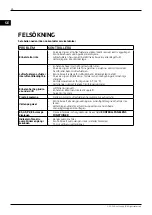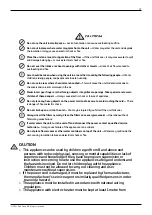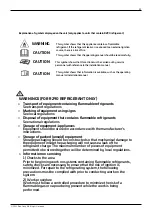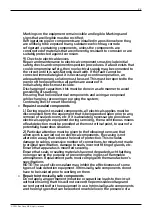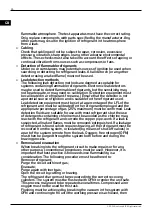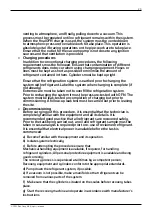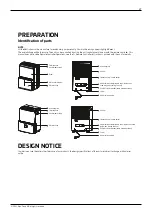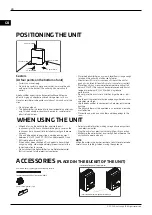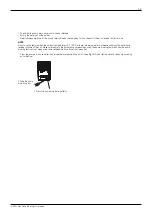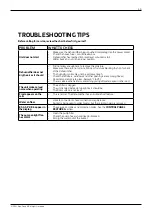
32
© 2021, Elon Group AB. All rights reserved.
GB
3) General work area
All maintenance staff and others working in the local area must be
informed about the nature of work being carried out. Work in confined
spaces must be avoided. The area around the workspace must be
cordoned off. Ensure that the conditions within the area have been made
safe by checking for flammable material.
4) Checking for the presence of refrigerant
The area must be checked with an appropriate refrigerant detector
prior to and during work, to ensure the technician is aware of potentially
flammable atmospheres. Ensure that the leak detection equipment being
used is suitable for use with flammable refrigerants, i.e. non-sparking,
adequately sealed or intrinsically safe.
5) Presence of fire extinguisher
If any hot work is to be conducted on the refrigeration equipment or any
associated parts, appropriate fire extinguishing equipment must be
available to hand. Have a dry powder or CO
2
fire extinguisher adjacent to
the charging area.
6) No ignition sources
No person carrying out work in relation to a refrigeration system which
involves exposing any pipe work that contains or has contained
flammable refrigerant may use any sources of ignition in such a manner
that it may lead to the risk of fire or explosion. All possible ignition
sources, including cigarette smoking, should be kept sufficiently far
away from the site of installation, repair, removal and disposal while
flammable refrigerant can possibly be released into the surrounding
space. Prior to work taking place, the area around the equipment should
be surveyed to make sure that there are no flammable hazards or
ignition risks. No Smoking signs must be displayed.
7) Ventilated area
Ensure that the area is in the open or that it is adequately ventilated
before breaking into the system or conducting any hot work. A degree of
ventilation must be provided throughout the period that the work is
carried out. The ventilation should safely disperse any released
refrigerant and preferably expel it externally into the atmosphere.
8) Checks to the refrigeration equipment
Where electrical components are being replaced, they must be fit for the
purpose and to the correct specification. The manufacturer’s
maintenance and service guidelines must be followed at all times. If in
doubt, consult the manufacturer’s technical department for assistance.
The following checks must be carried out for installations that use
flammable refrigerants:
The charge size is in accordance with the room size within which the
refrigerant-containing parts are installed;
The ventilation machinery and outlets are operating adequately and are
not obstructed; If an indirect refrigerating circuit is being used, the
secondary circuit must be checked for the presence of refrigerant;

